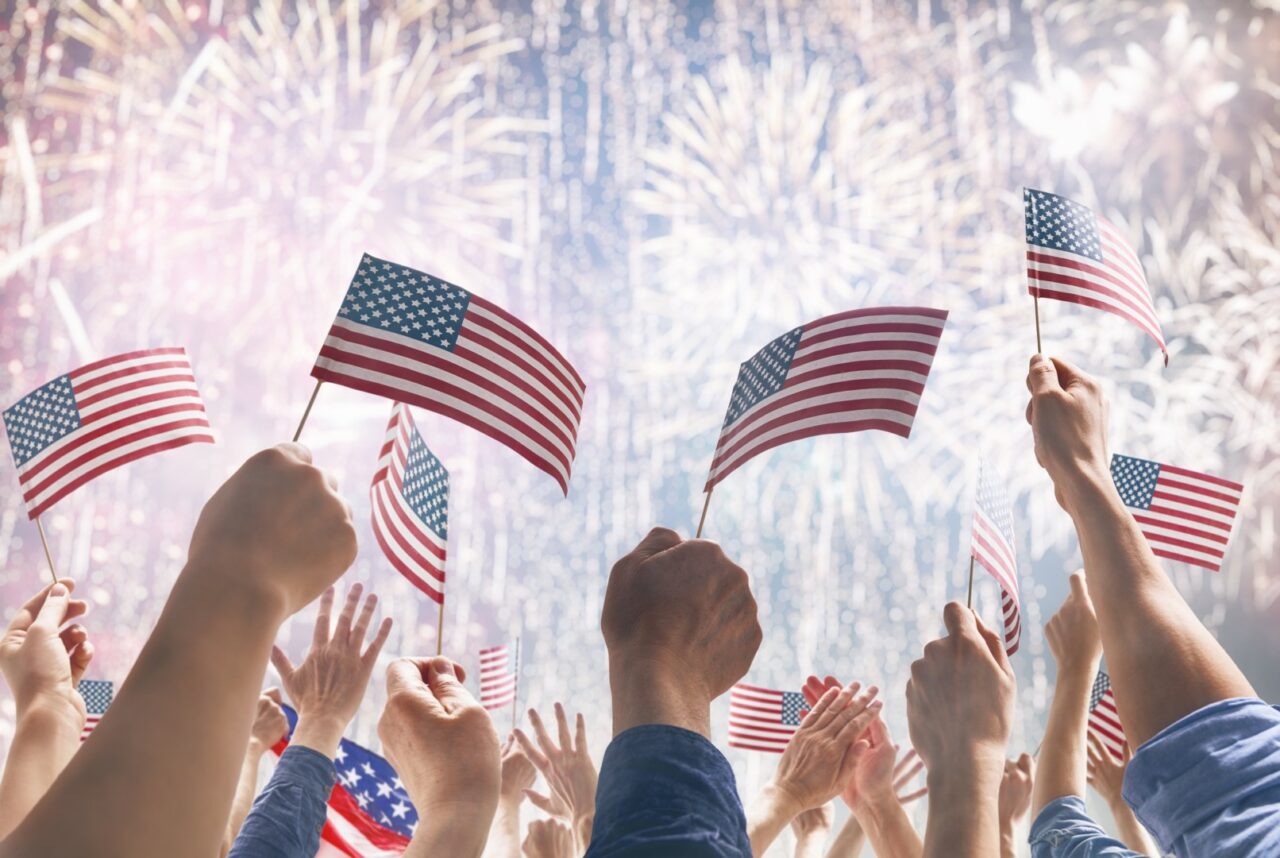
Every party has a pooper, that’s why some people go to Fourth of July parties armed with trivia that casts doubt on conventional wisdom — especially in American history.
When partygoers are lighting fireworks, exclaiming “Isn’t America beautiful?” these historical fact-checkers rain the truth on their parade.
Huffington Post offers 10 “truth firecrackers” to liven up (or put a quick end to) any Independence Day festivities:
1. Baseball, the “All-American” sport, likely came from England.
John Thorn, the official historian for Major League Baseball, refers to the history of baseball as “a lie from beginning to end.” In the early 20th-century, an American commission decreed that Abner Doubleday, a Civil War hero, invented baseball. Since then, historians have discovered earlier references to the game, suggesting that variations were in America for years. Now there is evidence that the first recorded baseball game was played in 1749 by the Prince of Wales, say American researcher David Block and the Surrey County Council.
Diary entries refer to baseball as a well-established 18th-century amusement in England, a game for both men and women.
2. Apple pie is British, too.
England was enjoying apple pie before America even existed. American settlers often copied English recipes, making pies an American food staple. The first known mention of the dessert is a 16th-century English poem — “Thy breath is like the steeme of apple pies.”
3. The melody of the American national anthem comes from an old English drinking song.
Francis Scott Key “borrowed” a drinking song from a London gentlemen’s club written in 1770 as the theme for the “Star-Spangled Banner.” Reusing tunes was common in the days before copyright protection. The original song championed a love of wine and women.
4. The Pledge of Allegiance was created for one reason — to sell more flags.
There was no “Pledge of Allegiance” in the first century of American history. By 1892, a magazine called The Youth’s Companion, responding to wavering patriotism, called on Minister Francis Bellamy to write the Pledge of Allegiance to the U.S. flag. Published on Sept. 8, 1892, the pledge skyrocketed in popularity, as well as school sales of American flags. Bellamy toured the country on a “roadshow,” encouraging schools to adopt the pledge (and put up more flags).
Originally, during the pledge, you would raise your hand in a traditional Roman salute, instead of placing your right hand over your heart. Later, “of the United States of America” was added (to clarify it for new immigrants), and “under God” was added during the Red Scare.
5. Canadians own the Mall of America.
Edmonton, Canada-based Triple Five Group owns the Mall of America in Bloomington, Minnesota. Triple Five was the original developer of the Mall.
6. Bald eagle screeches are much weaker than the iconic sound, which is actually from the red-tailed hawk.
Baldness isn’t the only embarrassing problem plaguing the bird. Instead of the shrieking “keyahhh,” the sound is more of a timid “meep meep.” When it comes to bird calls, the bald eagle is basic and not very impressive.
7. Settlers didn’t tame the American frontier, it was already pretty tame.
Conventional legend celebrates brave settlers traversing a wild American frontier. In reality, Native Americans carefully cultivated most of the land, according to the book 1491 by Charles Mann.
“Rather than the thick, unbroken snarl of trees imagined by Thoreau,” Mann writes, “the great eastern forest was an ecological kaleidoscope of garden plots, blackberry rambles, pine barrels, and spacious groves of chestnut, hickory, and oak.”
European settlers in Ohio noted the woodlands “resembled English parks — they could drive carriages through the trees.” In America’s mid-West, settlers found mass regions of the prairie, called “barrels,” that Native Americans cleared for “game farms” of animals they hunted.
In the book “Lies My Teacher Told Me,” James W. Loewen notes that New England colonists repeatedly set up camp on Native American cornfields, instead of carving out the land for themselves. It is easy to settle a country when somebody else does the hard work first.
8. Hot dogs on the Fourth? Lewis, Clark and the “Corps of Discovery” ate over 200 dogs during the trip.
Canines were sacrificed during the westward exploration. It was not a culinary favorite, though; the Corps preferred beaver tail, elk and buffalo. Often there was little choice but to settle for dog meat. Clark was the only member who refused to indulge. Lewis did eat dog meat, but spared his pet dog, Seaman, which accompanied Lewis and Clark on their journey.
9. Speaking of wieners …
President Lyndon Johnson would frequently pull out his own “Johnson.” Co-workers, reporters and even members of his “harem,” confirm that the President repeatedly whipped out his penis for proud display, and even called it “Jumbo.”
Jumbo was a worthy successor of his predecessor, President John F. Kennedy, and his womanizing ways. Johnson would sometimes sneak up on women in bed and say “Move over. This is your President.”
10. Independence Day is actually July 2.
July 2, 1776, is when the Second Continental Congress in Philadelphia voted on independence; afterward, the Pennsylvania Evening Post wrote, “This day the Continental Congress declared the United Colonies Free and Independent States.”
In that case, what is the Fourth of July? It the day the Continental Congress adopted the Declaration of Independence. Even then, many members did not sign it until August, and it wasn’t until Aug. 30 that England learned about the Declaration.
John Adams, the second President of the United States, said: “I am apt to believe [July 2] will be celebrated, by succeeding Generations, as the great anniversary Festival.”




2 comments
Tom
July 4, 2021 at 7:56 am
11. Florida Politics being a liberal mouthpiece for the anti-American left.
Tom Palmer
July 4, 2021 at 9:51 am
12: No one thought the world was flat when Columbus set sail. That fiction was concocted by American author Washington Irving.
.
Comments are closed.